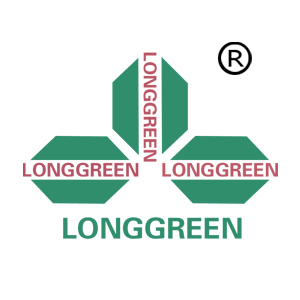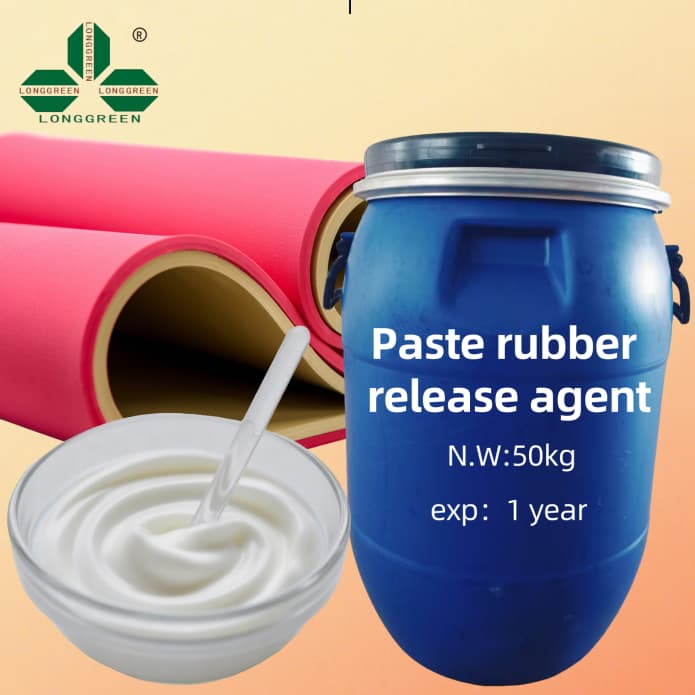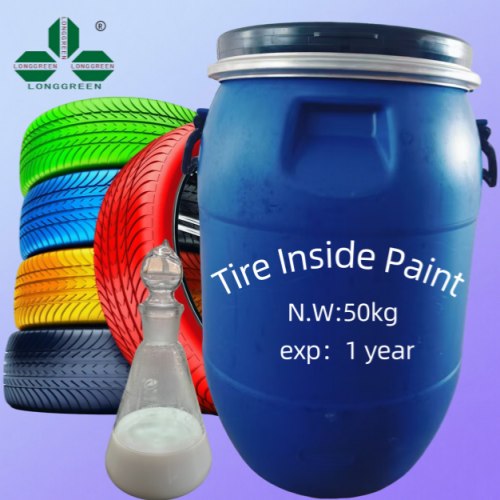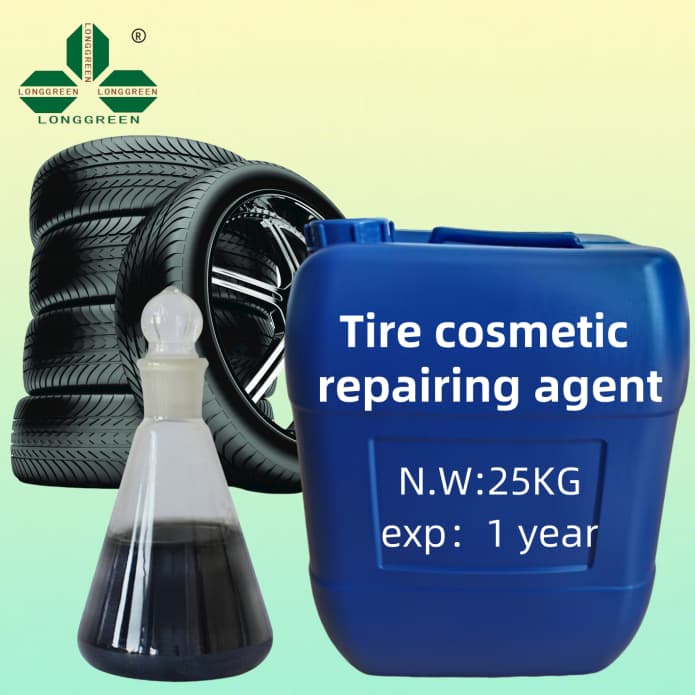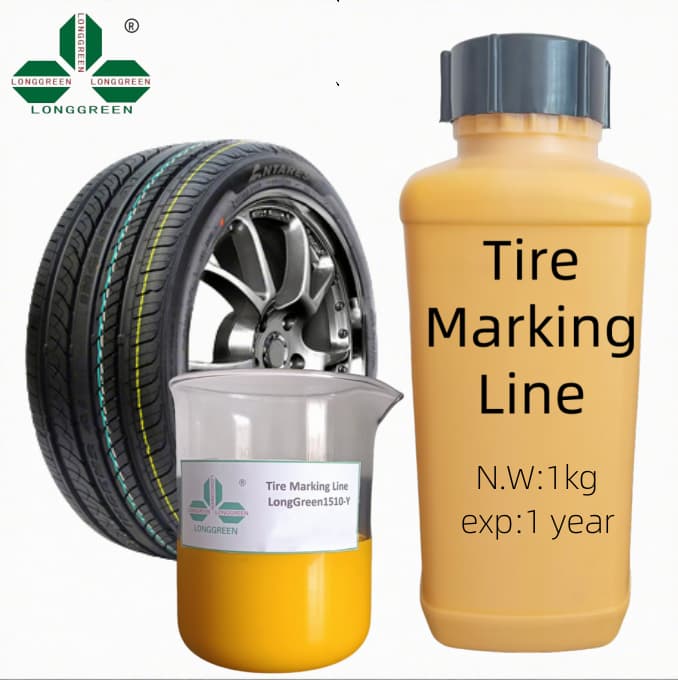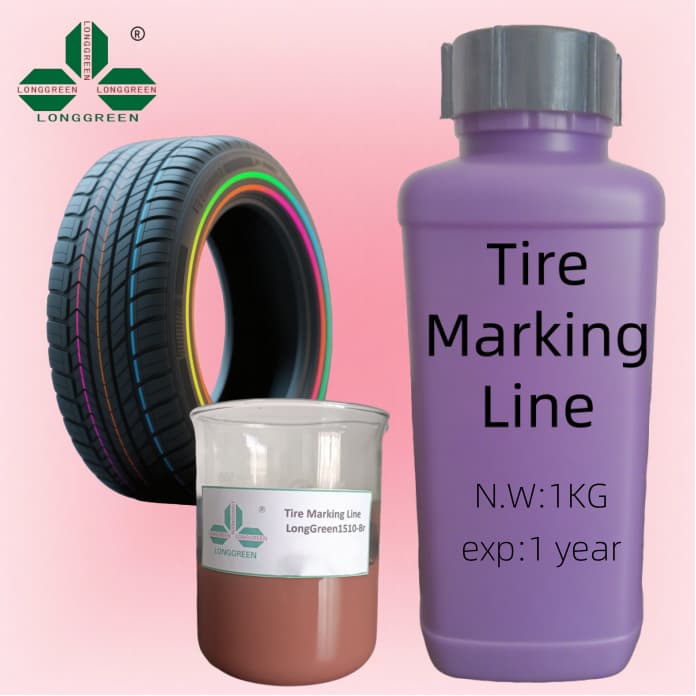In the ever-evolving world of manufacturing, rubber products play a crucial role in various industries, from automotive and aerospace to consumer goods and healthcare. The process of producing high-quality rubber products, however, is not without its challenges. One of the key elements in ensuring the smooth and efficient production of rubber items is the use of rubber mold release agents. These agents have become an indispensable part of the rubber manufacturing process, and recent developments in this field are making waves across the industry.
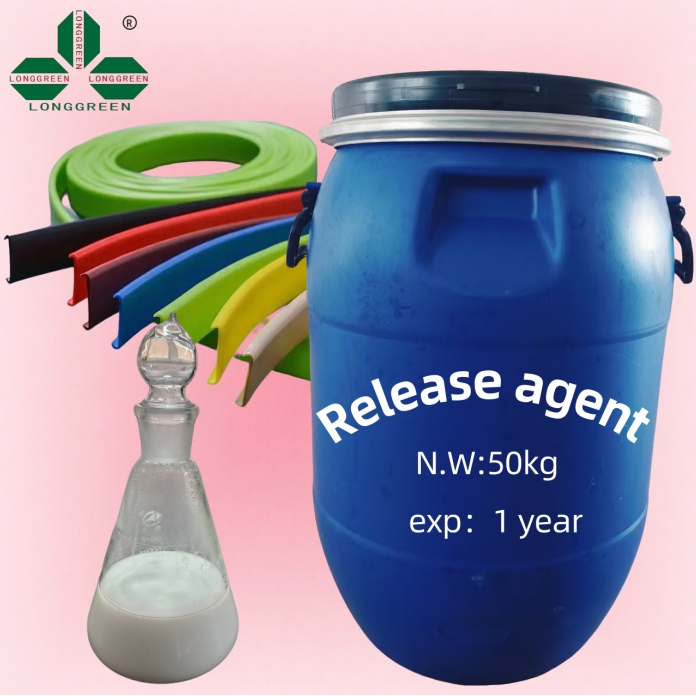
The Importance of Rubber Mold Release Agents
Rubber mold release agents are substances applied to the surfaces of molds to prevent the adhesion of rubber compounds during the molding process. When rubber is cured in a mold, without a proper release agent, it can stick firmly to the mold surface, leading to a host of problems. These include damage to the rubber product during demolding, which can result in costly rejects and rework. Additionally, a stuck product can cause wear and tear on the mold, reducing its lifespan and increasing maintenance costs.
In the automotive industry, for example, where precision and quality are of utmost importance, rubber mold release agents are used in the production of components such as seals, gaskets, and tires. A high-quality release agent ensures that these parts are easily removed from the molds in perfect condition, ready for assembly. In the production of tires, a smooth demolding process is essential to maintain the integrity of the tire's tread pattern and internal structure, which are critical for performance and safety on the road.
Market Trends and Growth
The market for rubber mold release agents has been steadily growing in recent years. This growth can be attributed to several factors. Firstly, the increasing demand for rubber products across multiple industries has led to a higher need for efficient manufacturing processes. As manufacturers strive to meet this demand, the use of reliable rubber mold release agents has become a necessity.
Secondly, advancements in technology have led to the development of more effective and environmentally friendly release agents. In response to growing environmental concerns, there is a shift towards products that are non-toxic, water-based, and have low volatile organic compound (VOC) emissions. These eco-friendly options not only meet regulatory requirements but also appeal to consumers who are more conscious of the environmental impact of the products they use.
According to market research reports, the Asia-Pacific region is expected to be a major driver of growth in the rubber mold release agent market. The region's booming manufacturing sectors, particularly in countries like China, India, and Japan, are fueling the demand for high-quality rubber products and, consequently, for the release agents used in their production.
Technological Innovations in Rubber Mold Release Agents
The field of rubber mold release agents is not stagnant. Continuous research and development efforts are leading to innovative products that offer enhanced performance. One such innovation is the development of semi-permanent rubber mold release agents. These agents provide a longer-lasting release effect compared to traditional, single-use release agents. They can be applied to the mold surface less frequently, reducing production downtime and improving overall efficiency.
Another area of innovation is in the formulation of release agents that are compatible with a wider range of rubber compounds. Different types of rubber, such as natural rubber, synthetic rubber, and silicone rubber, have unique properties, and a one-size-fits-all release agent may not be effective for all. Newly developed agents are designed to work well with specific rubber types, ensuring optimal release performance and product quality.
Some companies are also incorporating advanced technologies, such as nanotechnology, into the development of rubber mold release agents. Nanoparticles can be added to the formulation to improve the agent's performance, such as enhancing its lubricity and thermal stability. This results in a more efficient demolding process and better protection for the mold.
Challenges and Solutions in the Use of Rubber Mold Release Agents
Despite their many benefits, the use of rubber mold release agents also comes with some challenges. One common issue is the potential for residue left on the rubber product after demolding. This residue can affect the appearance and performance of the product, especially in applications where a clean surface is crucial, such as in the medical or electronics industries. To address this problem, manufacturers are developing release agents with improved clean-release properties. These agents are designed to leave minimal or no residue, ensuring that the rubber product is ready for further processing or use without the need for additional cleaning steps.
Another challenge is the compatibility of the release agent with the mold material. Some release agents may react with certain mold materials over time, causing damage or degradation. To overcome this, companies are conducting extensive research to develop release agents that are suitable for a variety of mold materials, including metal, silicone, and plastic. This ensures that manufacturers can choose the right release agent for their specific mold and rubber compound combination.
Future Outlook for Rubber Mold Release Agents
As the rubber manufacturing industry continues to grow and evolve, the future of rubber mold release agents looks promising. With ongoing technological advancements, we can expect to see even more efficient, environmentally friendly, and versatile release agents in the market. These new products will not only improve the production process but also contribute to the development of higher-quality rubber products.
The demand for rubber products in emerging markets, such as those in Africa and South America, is also expected to increase in the coming years. This growth will further drive the need for reliable rubber mold release agents, presenting opportunities for manufacturers in this space. Additionally, as industries become more competitive, the use of advanced release agents will be a key factor in achieving cost-effective and high-quality production.
In conclusion, rubber mold release agents are an essential component of the rubber manufacturing process. Their importance in ensuring smooth demolding, high product quality, and efficient production cannot be overstated. With continuous innovation and a growing market, the future of rubber mold release agents is set to be an exciting one, full of new possibilities and advancements that will benefit the entire rubber manufacturing industry.
